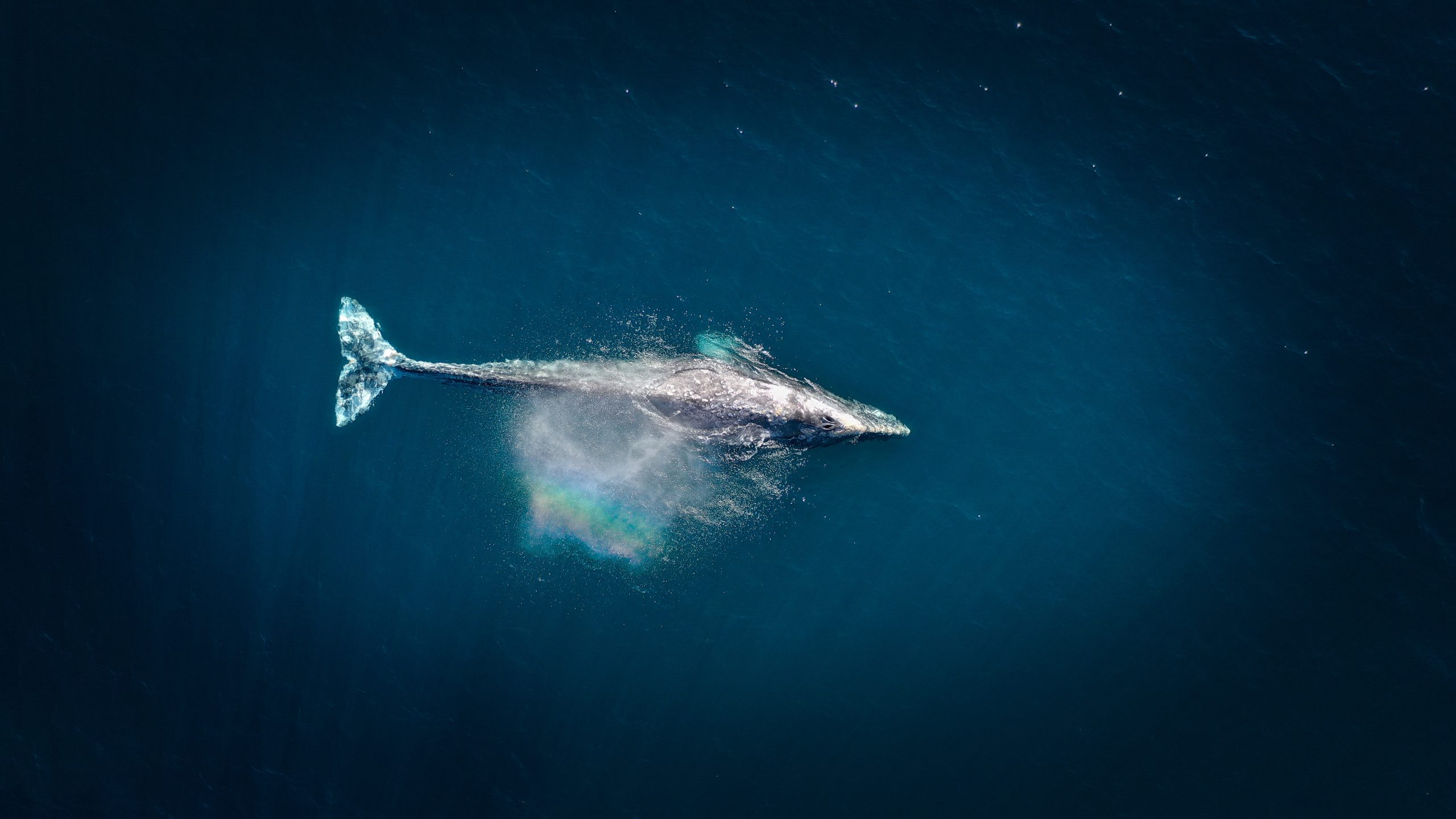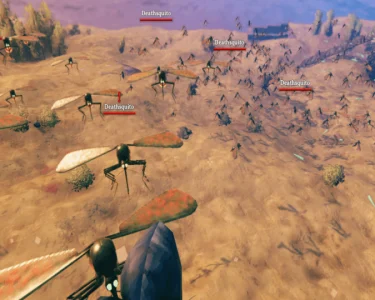Blue whales are the largest animals on earth and are known for their impressive size and gentle nature. Despite their popularity, much of their life cycle remains a mystery to us. In this article, we will explore the life cycle of a blue whale from birth to adulthood.
The gestation period for a blue whale is about 11 to 12 months, making it one of the longest in the animal kingdom. Calves are born between December and March, measuring around 7 meters in length and weighing 2 to 3 tones. They rely entirely on their mother’s milk for the first 7 to 8 months of their life.
After the first few days of their life, the calf starts to swim alongside its mother, learning how to navigate the ocean and hunt for food. The calf is weaned after 7 to 8 months, and by the time it is a year old, it can measure up to 10 meters in length and weigh around 18 to 20 tones.
During their early years, juvenile blue whales have to learn how to catch their own prey. Their diet mainly consists of krill, a small shrimp-like animal, which they feed on by opening their mouth wide and filtering the water through baleen plates, which are long fringed plates in the whale’s mouth. As they grow older, they can eat up to 4 tones of krill per day.
Blue whales reach sexual maturity at around 5 to 10 years old, but males do not typically mate until they are much larger, usually around 22 to 25 meters in length. They are solitary creatures and only come together to mate. During the mating season, males sing complex songs to attract females, and they can be heard from hundreds of miles away.
Blue whales can live up to 90 years, but their lifespan varies depending on a number of factors, including their environment and the availability of food. Climate change and human activities such as hunting and pollution threaten the survival of these gentle giants.
In conclusion, the life cycle of a blue whale is fascinating and highlights their unique traits as the largest animal on earth. It is crucial that we take steps to protect these magnificent creatures and their habitat to ensure their survival for generations to come.




